Have you found yourself running out of storage space in your home? Or perhaps your little ones are always leaving their coats and towels on the floor?
Wall hooks can help you keep your space tidy, and they can be stylish enough to match any decor! Check out this guide on how to install wall hooks in your home to increase your storage space and keep your home organised!
Step 1: Check for Safety
The first step is knowing what type of wall you are drilling into. In brick walls and masonry, you will need a special masonry drill bit. For drywall, a regular drill should work.
If you're drilling into drywall, it's a good idea to locate the stud in your drywall to help your wall hook to be more secure! You should also make sure you're not going to drill into any wires or pipes that may be in your walls. There are devices such as current or metal detectors that can help you avoid this.
You can use a stud finder device to locate the stud in your wall, or you can give your wall a gentle tap. If it sounds hollow, you have missed the stud.
You can try to drill into the stud to make your hooks more secure, or you can avoid the studs to avoid drilling into the structural part of your walls.
Step 2: Measure and Plan
Use a measuring tape or a level to measure the space where you want to hang your decorative wall hooks. If you are hanging more than one hook, you'll want to give them an even spacing.
You'll also want to use the level or the tape measure again to determine if they are at the same height. Once you have measured where you would like to hang your hooks, either draw on the wall with a pencil or use painters' tape to mark where you will need to drill.
Step 3: Pre-Drill and Add Plugs
If you are drilling into masonry, you will need to use a masonry drill bit with your electric drill to pre-drill holes for your wall plugs. If you are drilling into just drywall or the stud, you can use your regular drill bit for this step.
You will need to make sure the hole you drill for your plug is deep and wide enough for it. Then, you can give your plug a gentle push into the wall.
If you drilled deep and wide enough, you may need a light tap with a hammer to get it all the way in, otherwise, check to make sure there is room for the plug. The wall plug allows you to get an even hole to make the hooks easier to install, which is the next step!
Step 4: Install the Hook
If you are installing a hook that has a hole for the screw, like one of our J-hooks, you'll first need to put the screw through the hole and line it up with your plug.
Then, you should be able to easily drill the screw in most of the way to attach your hook to the wall. Once it is most of the way attached, make sure that the hook is level or straight before you drill it in the rest of the way to tighten it.
If you are installing a hook that does not have a hole but rather hangs from the screw, like one of our hardwood wall hooks, you'll need to drill in your screw most but not all the way.
Step 5: Screw Covers and Hook Adjustment
For a wall hook that had a screw hole, go ahead and double-check to make sure it is level. Once you're satisfied, you can pop on your screw caps or covers and enjoy using your new wall hook!
For the kind that goes on the screw, try placing it on the screw to make sure it lines up. You may need to adjust the screw in or out further to make sure it is flush against the wall.
Once again, check with the level to make sure everything is sorted, and do a quick strength test before hanging up anything important. Make any adjustments you need to make it more secure, then enjoy using your new hooks!
Ways to Use Wall Hooks
Now you know how to install your wall hooks, what can you use them for? And where can you use them?
By the Front Door
You can hang wall coat hooks by the front door or entrance hall to your home to store your coats, handbags, car keys, pet leashes, and more! This is also an excellent way to stay organized in a space that lacks an entrance cupboard for your coats. You might want to hang some hooks a bit lower than others for the little ones!
In the Kitchen
You might use a wall hook or two in the kitchen, including next to the sink to hang up a dish or hand towel or along the wall to hang up an apron. You might also use wall hooks under the cabinets above your counters to hang your utensils, cutting boards, or oven gloves!
In the Lavatory
Wall hooks are perhaps the most useful in the lavatory. You can use them to hang up both hand towels and bathing towels to keep them off the counter or the floor. Having separate hooks for different children on a wall hooks rack can also help prevent a row with them fighting over the towel bar.
In the Closet
Finally, you can use wall hanging hooks in a large closet or cupboard or next to your wardrobe to store handbags, jewelry, neckties, scarves, and other items. You might hang your hooks in a vertical column to maximise your wall space.
Hanging Your Wall Hooks Safely
Always check for wires and pipes before you begin drilling the holes for your wall hooks! Measure out the area you would like to use ahead of time, and be sure to pre-drill for optimal results.
Hanging your wall hooks should be a snap if you order from us and follow our instructional guides. For any other hook installation or home hardware questions you may have, feel free to message us using the chat feature or contact us today!


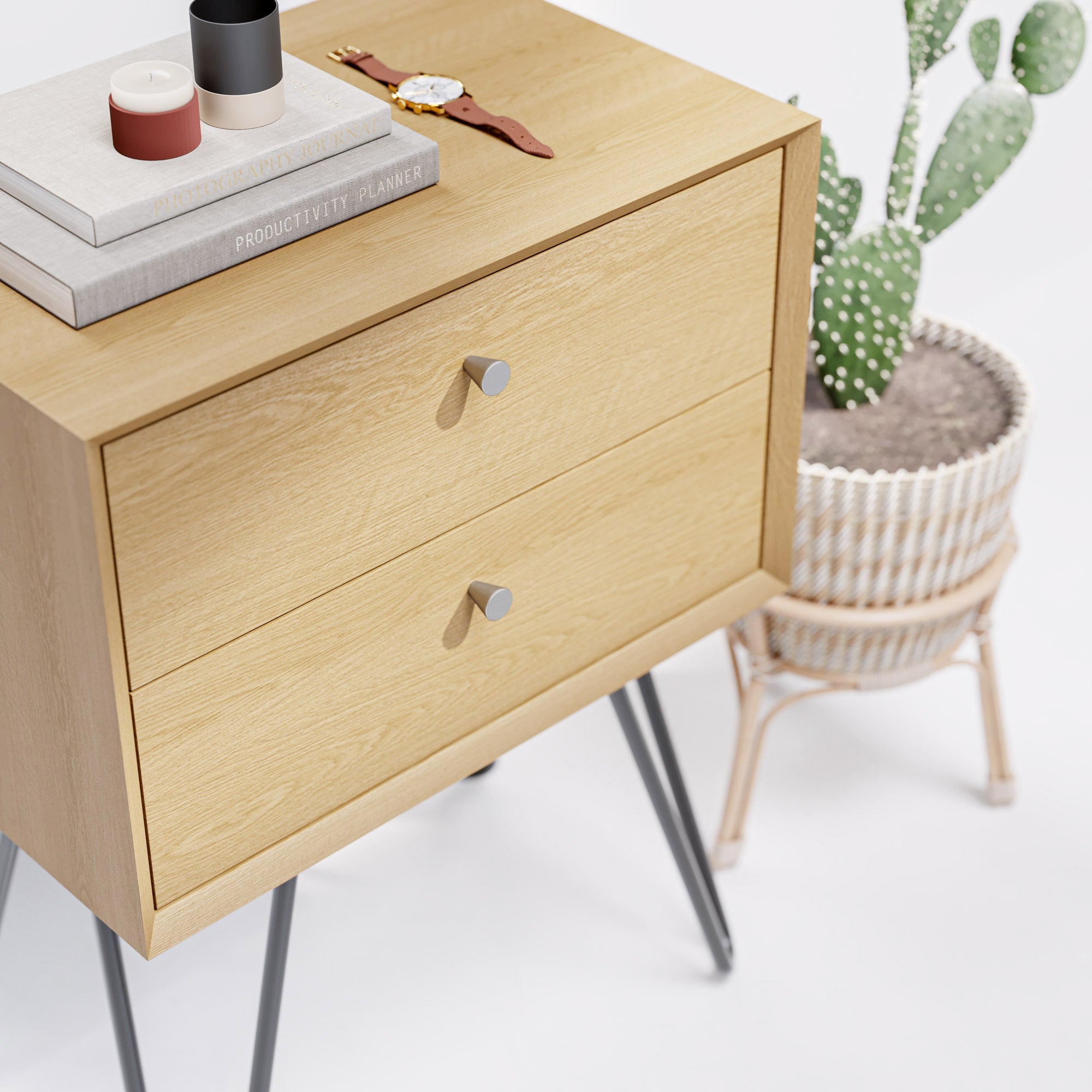
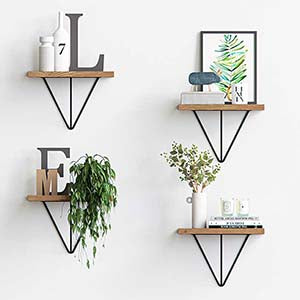
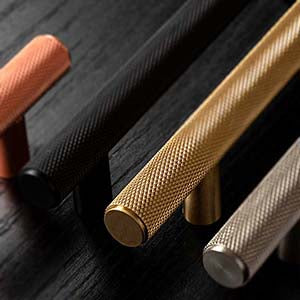
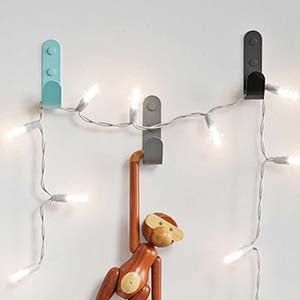
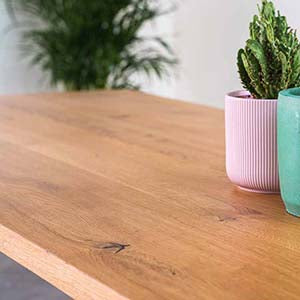
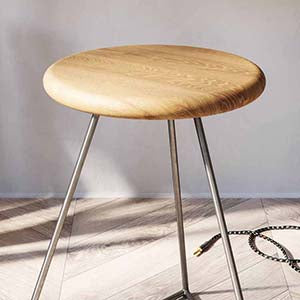
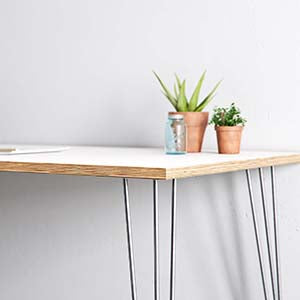
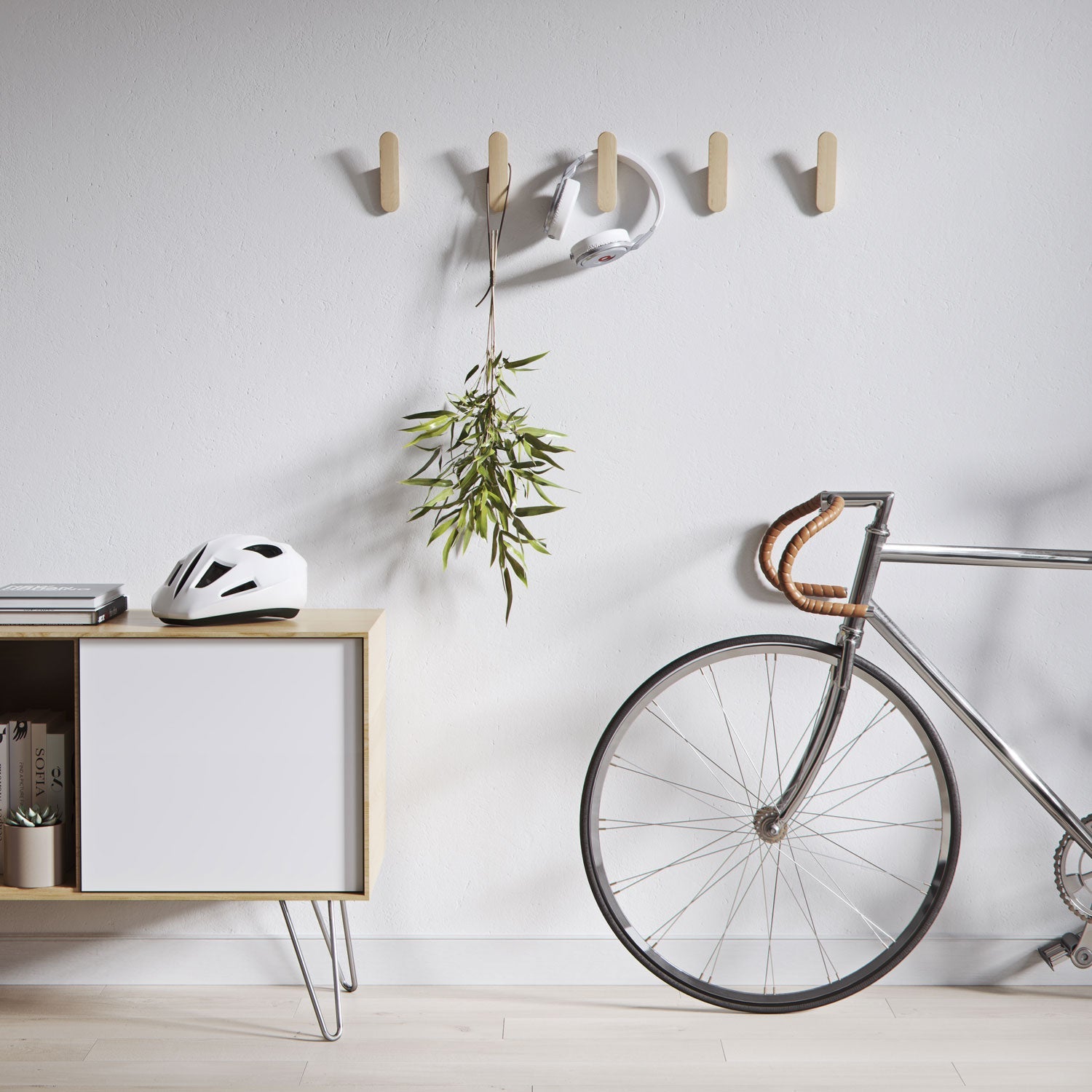

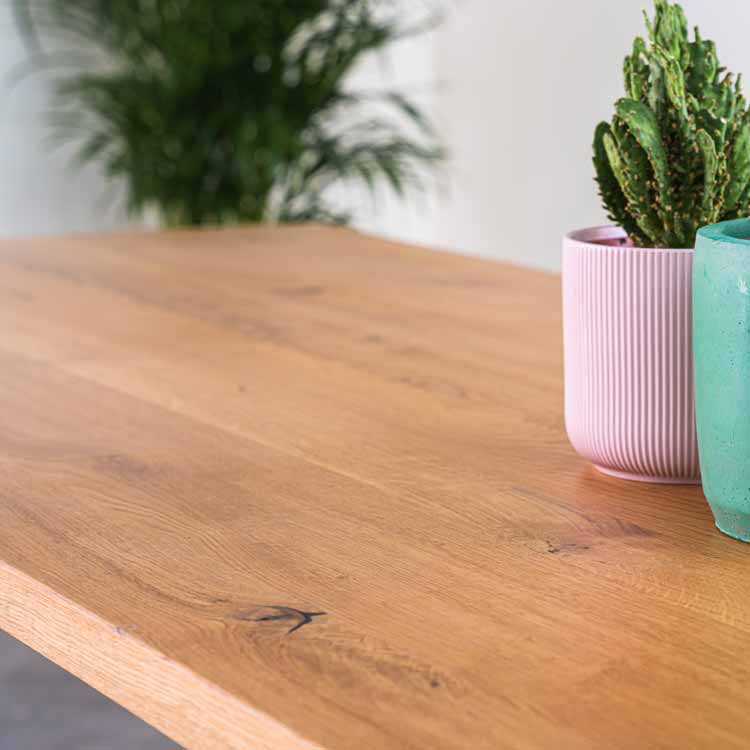
Leave a comment
This site is protected by reCAPTCHA and the Google Privacy Policy and Terms of Service apply.